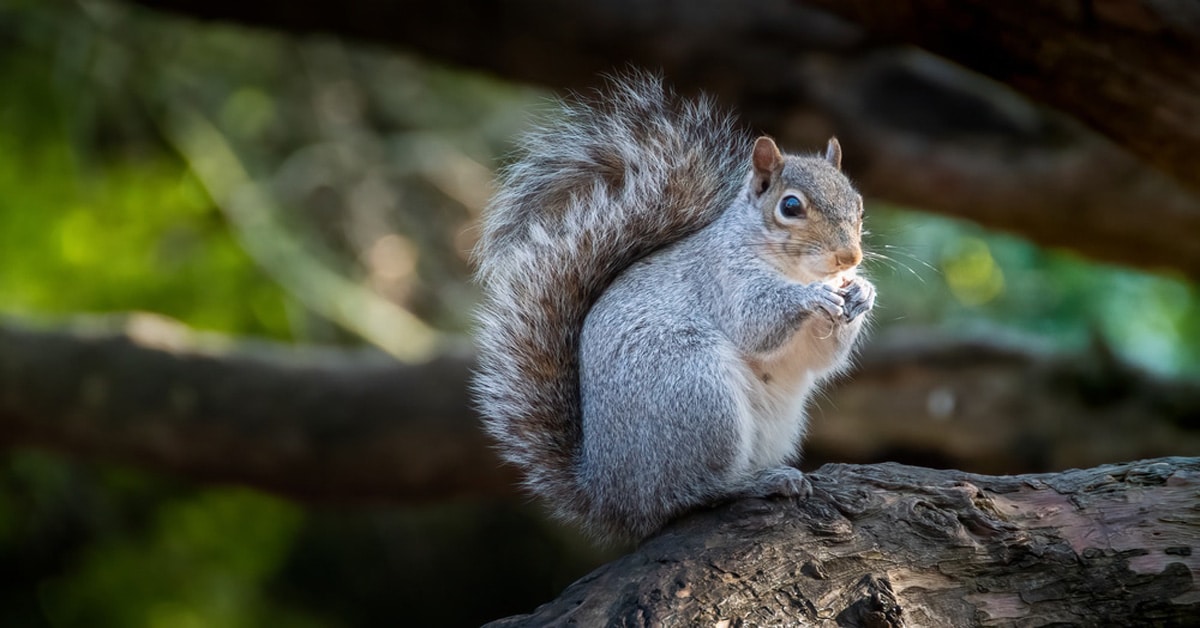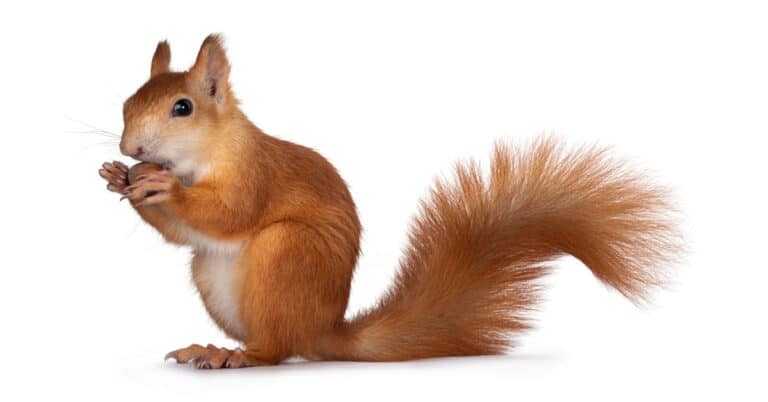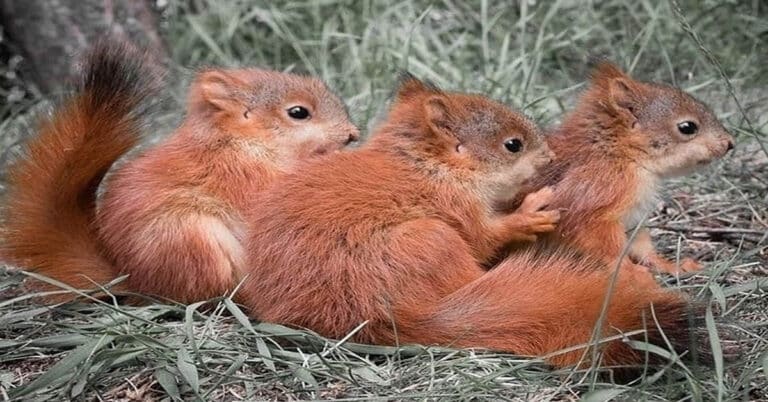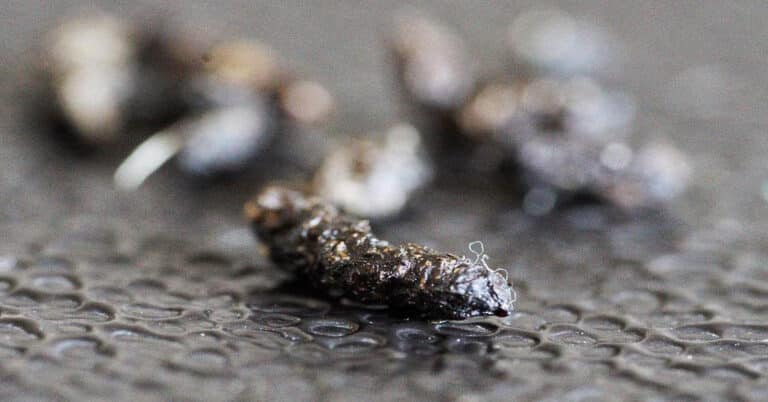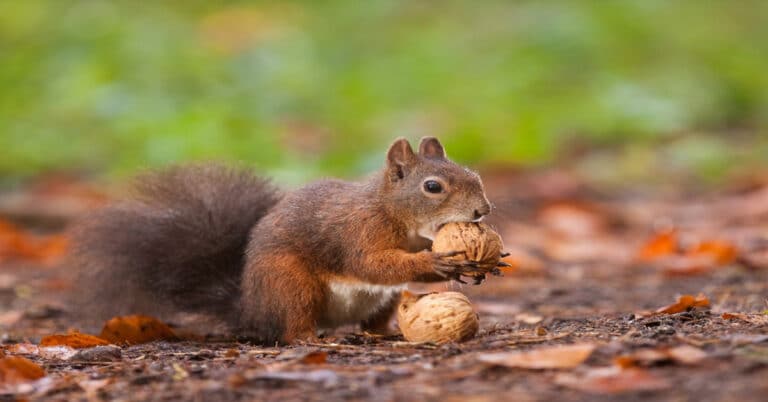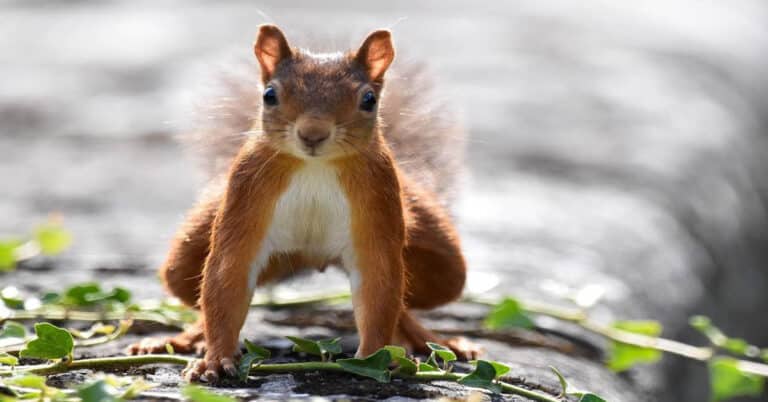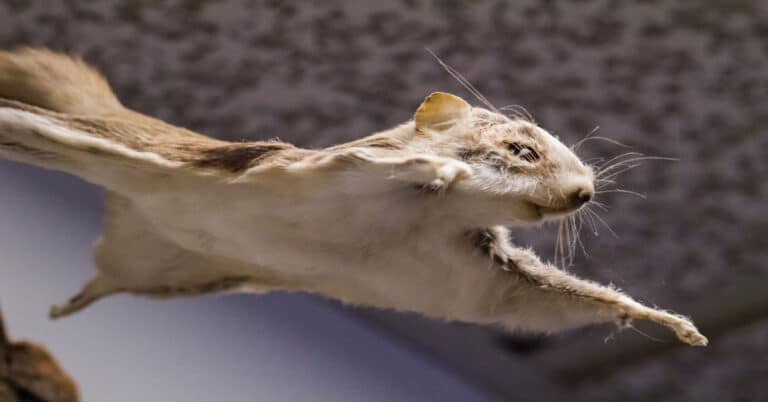Grey Squirrel
We have all either heard of or seen Sciurus caroliniensis – but you will likely know this little animal better as a grey squirrel, or a gray squirrel. It simply depends on whether or not you like British spelling! However you spell it, the facts and fundamentals of the animal remain the same. The average length of the grey squirrel runs at approximately eighteen inches – and half of that is the tail, which typically runs about nine inches. An adult grey squirrel will generally weigh between one and one and a half pounds. As the name implies, these squirrels look grey, although up close you can see that their fur is actually rather salt and pepper, which of course mixes to look grey. A lot of them have wiry tan hairs dotted throughout their fur and their bellies are white.
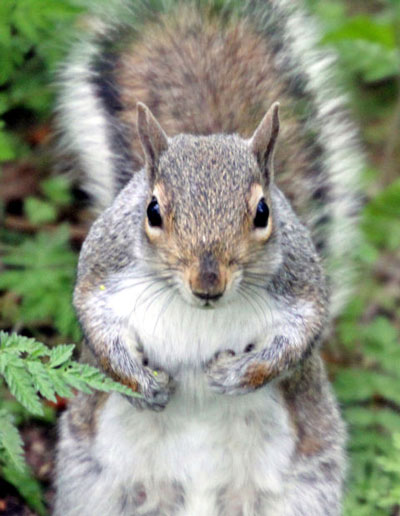
By and large, the grey squirrel has a rather academic bent, as you can frequently see them on college campuses! Their actual habitat, though, is very varied. They live in urban areas and in woodland areas. They have a penchant for oak trees, beech trees, and other trees which produce nuts. Naturally, nuts are a large part of their diet, along with berries and seeds. Grey squirrels sometimes dine on bird eggs as well, not to mention birds themselves when they are nestling, and on insects. In the springtime especially, they are sometimes fond of various kinds of vegetation. It is safe to say that grey squirrels enjoy a very well-balanced diet.
Unlike a lot of other squirrels, the grey squirrel does not hibernate during the winter months. They are also very active in the daytime and enjoy scurrying about and foraging for food. On that note, they tend to be very shy little creatures. However, when they are fed, their inherent feelings of bashfulness tend to disappear.
There are a lot of wild mammals in the world. Of all of them, squirrels are probably the most plentiful. In Canada, the United States, England, Ireland, and who knows how many other places, squirrels are as much a part of the population as people. We are especially familiar with them because, as mentioned above, they are very active during the day. They differ from a lot of other squirrels in many ways, aside of the fact that they do not hibernate.
For instance, most other squirrels are almost solely vegetarians. However, as mentioned, grey squirrels do eat birds and their eggs on occasion, and they certainly enjoy insects. They are also larger than most squirrels since many of their brethren tend to be about fifteen inches in length with seven-and-a-half-inch tails.
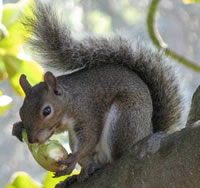
Grey squirrels do not typically take advantage of being larger, however. In spite of the fact that they have been known to steal eggs, they are inherently friendly and curious little creatures. Their shyness extends to other members of the animal kingdom unless they are feeling threatened in some way.
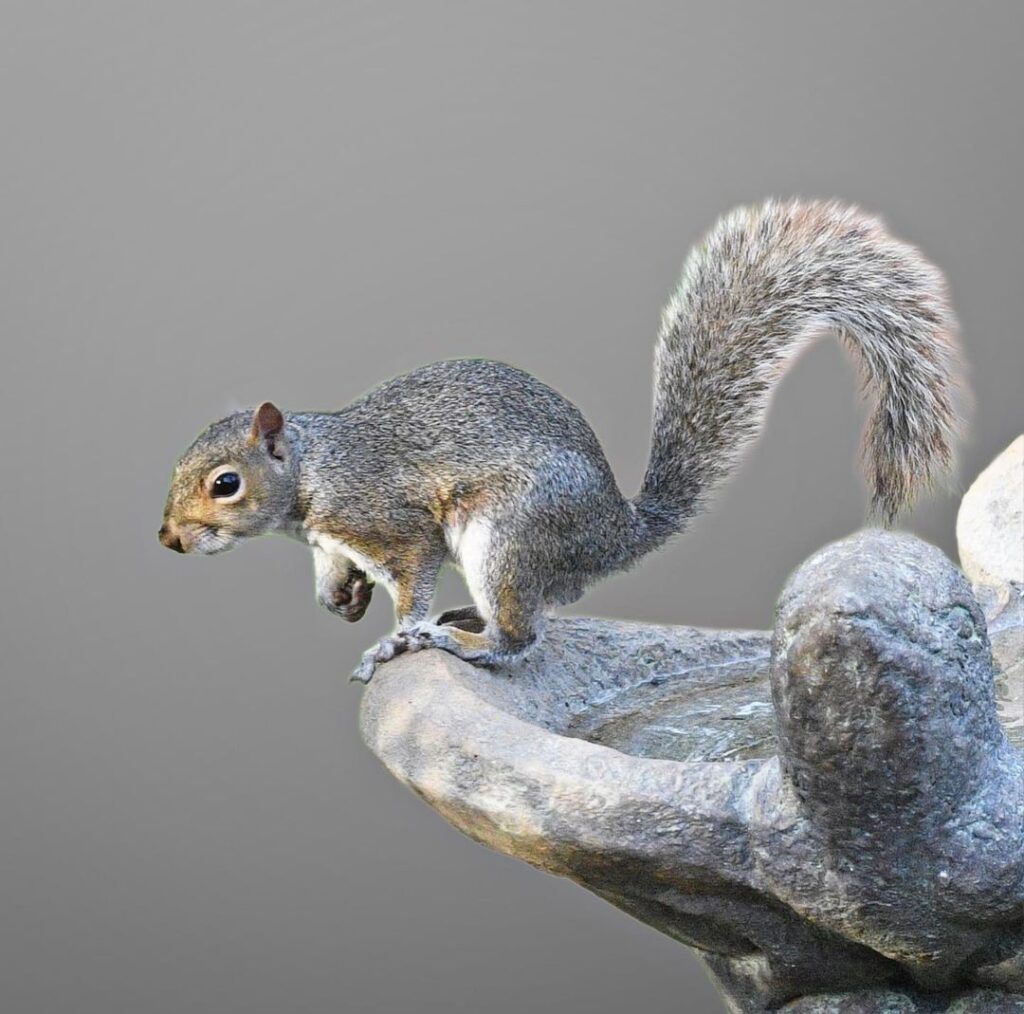

Having discovered a fondness for insects while pursuing her degree in Biology, Randi Jones was quite bugged to know that people usually dismissed these little creatures as “creepy-crawlies”.

